Description
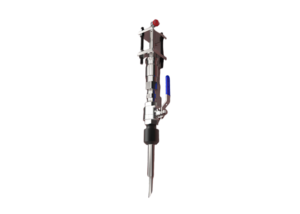
EMT is one of the best Injection Quill manufacturers in China. We have been providing high-quality products and services to customers worldwide for many years. And our team of experts is always ready to help you with whatever you need. Just reach out to us, and we’ll guide you through each step of the process. From assessment to planning, implementation, and follow-up, we’ll be there to ensure your success every step of the way.
Features of Injection Quill
Specialized chemical injection quills are utilized for the purpose of introducing medium to highly corrosive chemicals into a pipeline. This type of injection quill, tailored specifically with this function in mind, ensures that the chemicals are evenly dispersed into the center of the pipeline, thus preventing any channeling of the chemical down the pipe wall. This is a crucial aspect of the process, as it ensures that the chemical is evenly distributed throughout the pipeline, preventing any potential damage to the pipe wall or other components.
The body and stinger of the injection quill are both constructed of chemical-resistant plastics or alloys, such as PVC, Kynar, 316 SS, or Hastelloy C-276, which are known for their resistance to a wide range of chemicals. These injection quills are available in a range of sizes, with 3” to 8” long stingers available from stock. All injection quills come with female-by-male NPT connections, which are easy to install and provide a secure connection.
Parameters
| Name | Pipeline Chemical Injection Quill Sampling System |
| Material | Stainless Steel 304、Stainless Steel 316、DSS F51、Carbon Steel A105N、Inconel 625 |
| Operating Temperature | -20±120 |
| Feature | 1. Easy Operating |
| 2. High Accuracy Long Life | |
| 3. High Efficiency, Low cost | |
| Payment | TT/LC |
| Advantage | Firstly, they are lightweight and flexible. |
| Secondly, nice Injection efficiency. | |
| At last, accurate location tracking. |
Selection Model
| Model | |||||||||||||||||||||||||||
| SI | Chemical Injector Quill | ||||||||||||||||||||||||||
| -Code | Plug | ||||||||||||||||||||||||||
| Pxxx | Type | Material | Sealing Material | ||||||||||||||||||||||||
| 0 | No Request | 0 | CS | 0 | No Request | ||||||||||||||||||||||
| 1 | Hollow Plug Body | 1 | 316SS | 3 | DSS | 1 | Viton O-Ring / PTFE Primary Packing | ||||||||||||||||||||
| 2 | Solid Plug Body | 2 | 316LSS | 4 | INCONEL | 2 | HNBR | ||||||||||||||||||||
| – Code | Injection Nut | ||||||||||||||||||||||||||
| Nxx | Connection Size | Material | |||||||||||||||||||||||||
| 0 | i.e. No Request | 0 | i.e. CS | ||||||||||||||||||||||||
| 1 | i.e. 1/4″ | 1 | i.e. 316SS | 3 | i.e. DSS | ||||||||||||||||||||||
| 2 | i.e. 1/2″ | 2 | i.e. 316LSS | 4 | i.e. INCONEL | ||||||||||||||||||||||
| – Code | Injection Tube | ||||||||||||||||||||||||||
| Sxxx-Lx″ | Connection Size | Material | Nozzle | Line size(x″) | |||||||||||||||||||||||
| 0 | No Request | 0 | CS | 0 | i.e. No Request | The most effective position for injection is generally at the center of the pipe | |||||||||||||||||||||
| 1 | i.e. 1/4″ | 1 | i.e. 316SS | 1 | i.e. Open | ||||||||||||||||||||||
| 2 | i.e. 1/2″ | 2 | i.e. 316LSS | 2 | i.e. Quill | ||||||||||||||||||||||
| 3 | i.e. DSS | 3 | i.e. Cap & Core | ||||||||||||||||||||||||
| 4 | i.e. INCONEL | ||||||||||||||||||||||||||
| – Code | Nipple and Valve(or end Flange)of Tee | ||||||||||||||||||||||||||
| Txx | Connection Size | Material | |||||||||||||||||||||||||
| 0 | i.e. No Request | 0 | i.e. CS | ||||||||||||||||||||||||
| 1 | i.e. 1/4″Nipple | a | i.e. 1/4″Nipple and Valve | 1 | i.e. 316SS | ||||||||||||||||||||||
| 2 | i.e. 1/2″Nipple | b | i.e. 1/2″Nipple and Valve | 2 | i.e. 316LSS | ||||||||||||||||||||||
| 3 | i.e. 3/4″Nipple | c | i.e. 3/4″Nipple and Valve | 3 | i.e. D SS | ||||||||||||||||||||||
| 4 | i.e. 1″Nipple | d | i.e. 1″Nipple and Valve | 4 | i.e. INCONEL | ||||||||||||||||||||||
| 5 | i.e. 1/4″Flange | e | i.e. 1/4″Nipple end Flange | ||||||||||||||||||||||||
| 6 | i.e. 1/2″Flange | f | i.e. 1/2″Nipple end Flange | ||||||||||||||||||||||||
| 7 | i.e. 3/4″Flange | g | i.e. 3/4″Nipple end Flange | ||||||||||||||||||||||||
| 8 | i.e. 1″Flange | h | i.e. 1″Nipple end Flange | ||||||||||||||||||||||||
| For Example, SI-P221-N12-S122-L4″-T22 | |||||||||||||||||||||||||||
Applications of Chemical Injection Quill
Chemical injection quills have diverse applications across industries. They precisely inject chemicals into pipelines and systems. In water treatment, they ensure accurate dosing of disinfectants. Additionally, oil and gas industries use them for corrosion inhibition. This maintains pipeline integrity and longevity. Chemical processing plants rely on quills for controlled reagent addition. Furthermore, power plants use them to maintain boiler water chemistry. This prevents scaling and corrosion. Quills also optimize chemical usage, reducing waste. Consequently, they lower operational costs.
Overall, chemical injection quills are essential for efficient and safe operations. Quills can be customized to suit specific applications. They offer a range of designs, including multiple channels, staggered nozzles, internal or external mountings, and many more. These features make it easy to use them in different systems. To ensure accuracy, they are typically equipped with electronic or mechanical metering devices. Moreover, they are robust and durable, withstanding high pressure and temperature conditions.

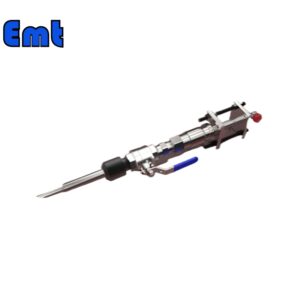 Injection Quill With Check Valve
Injection Quill With Check Valve 
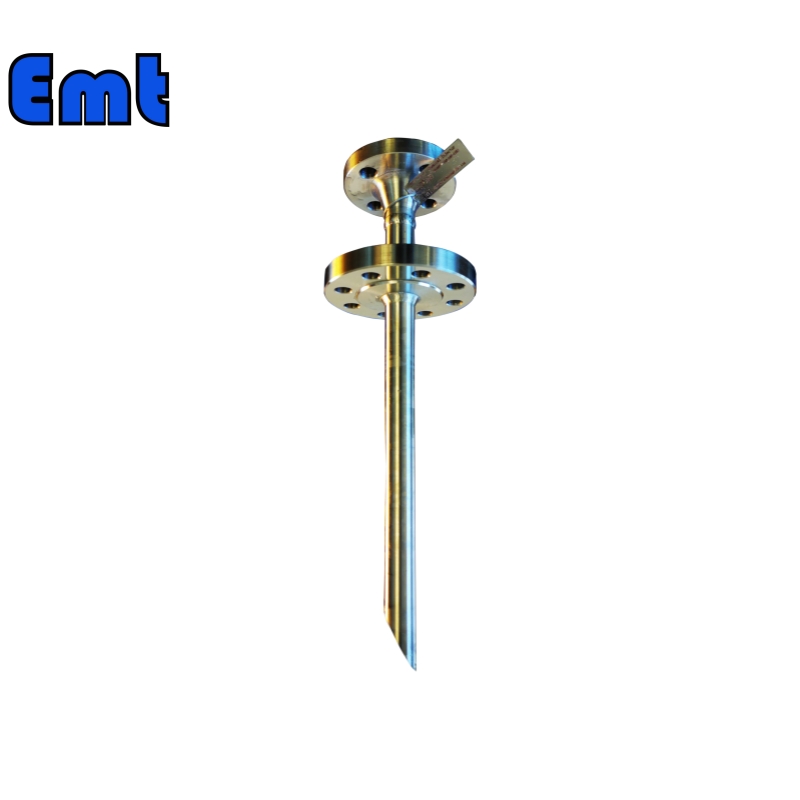
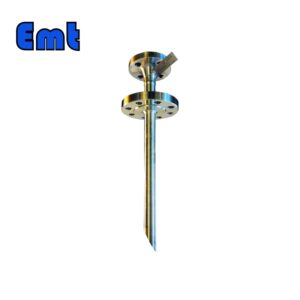
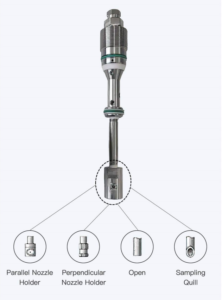
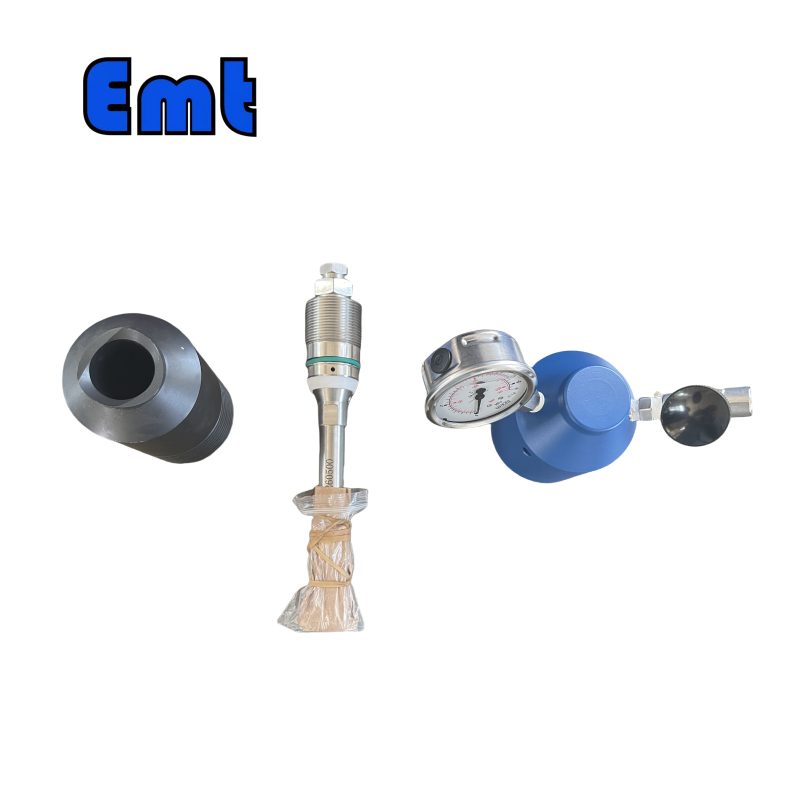
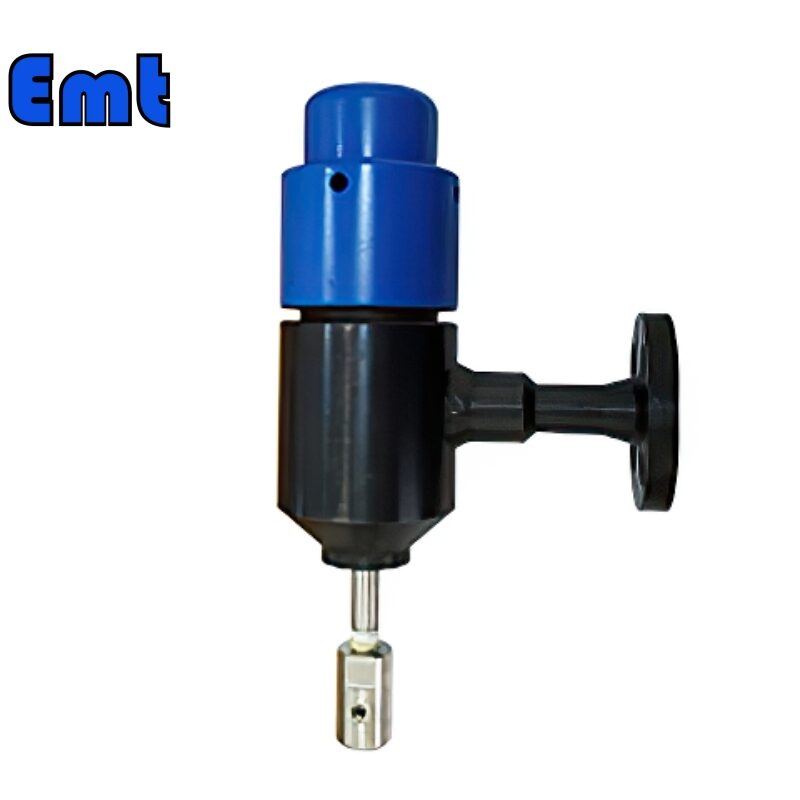
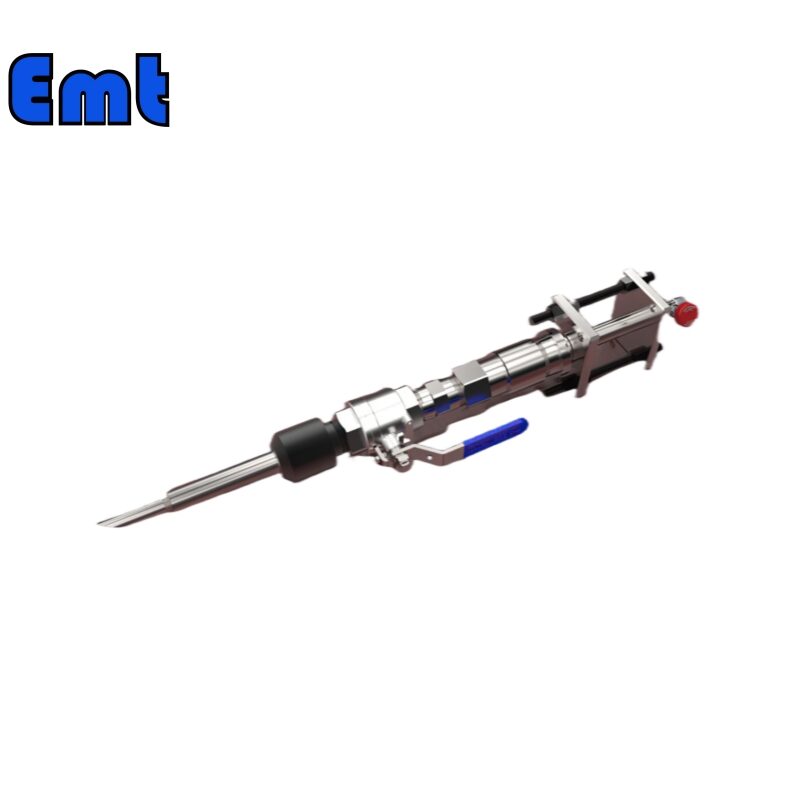
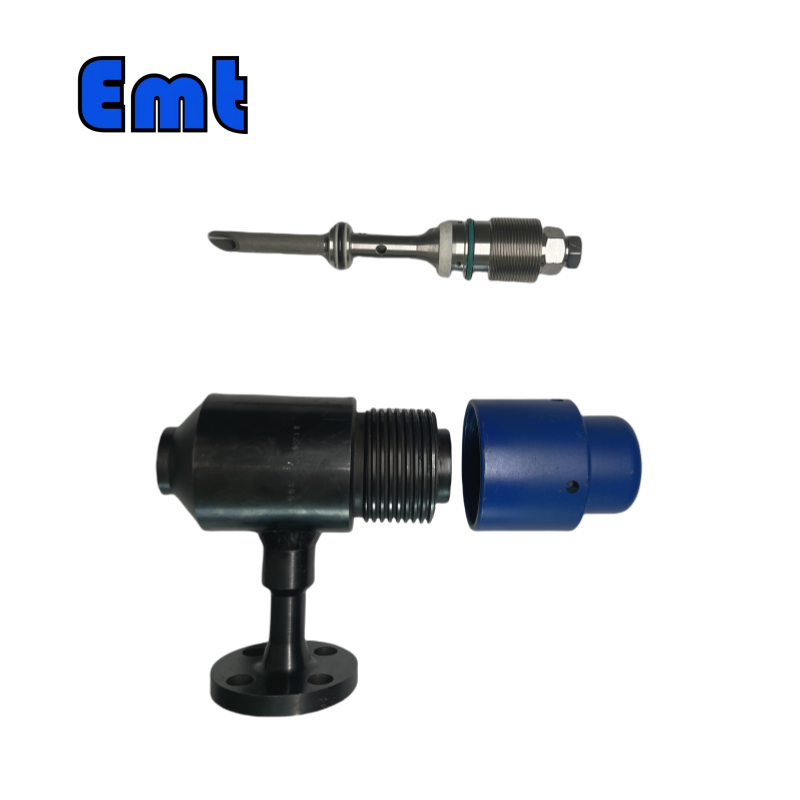
Reviews
There are no reviews yet.